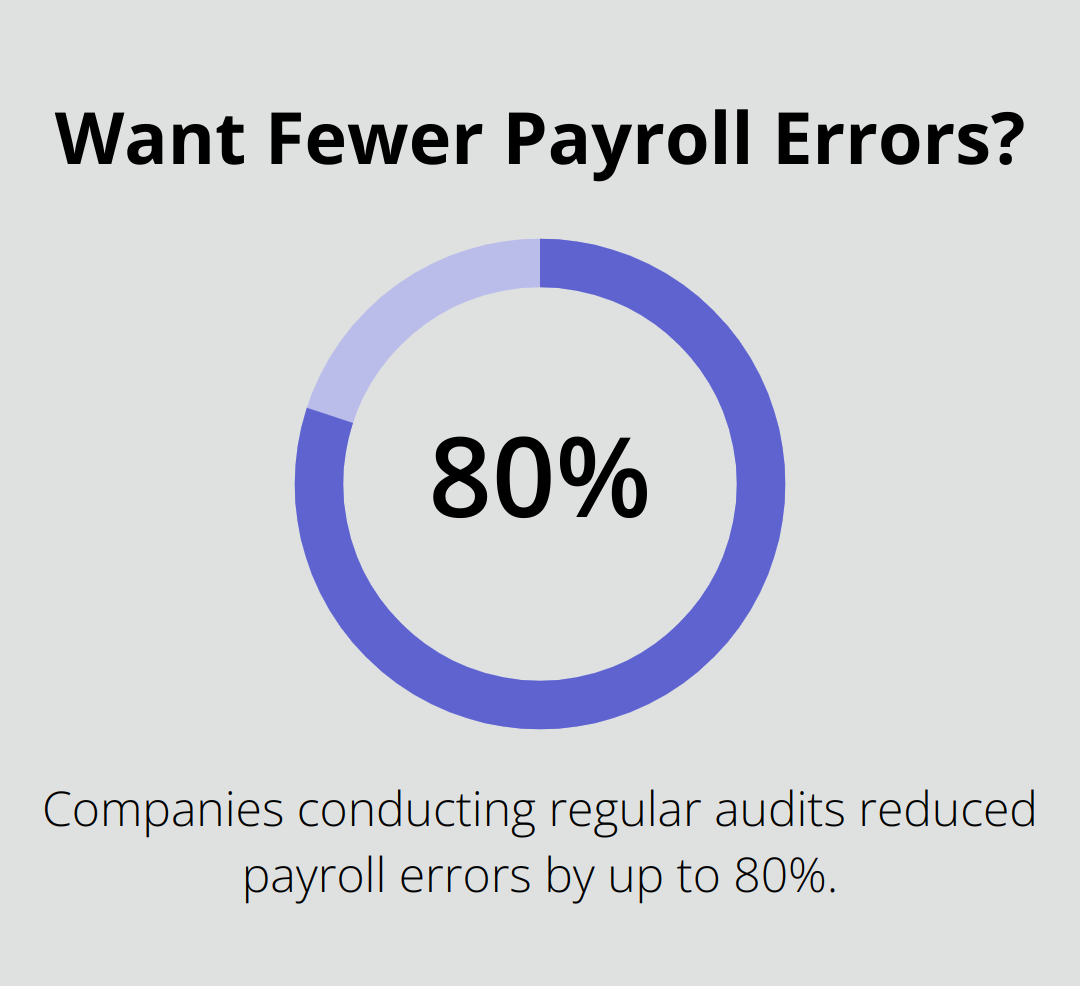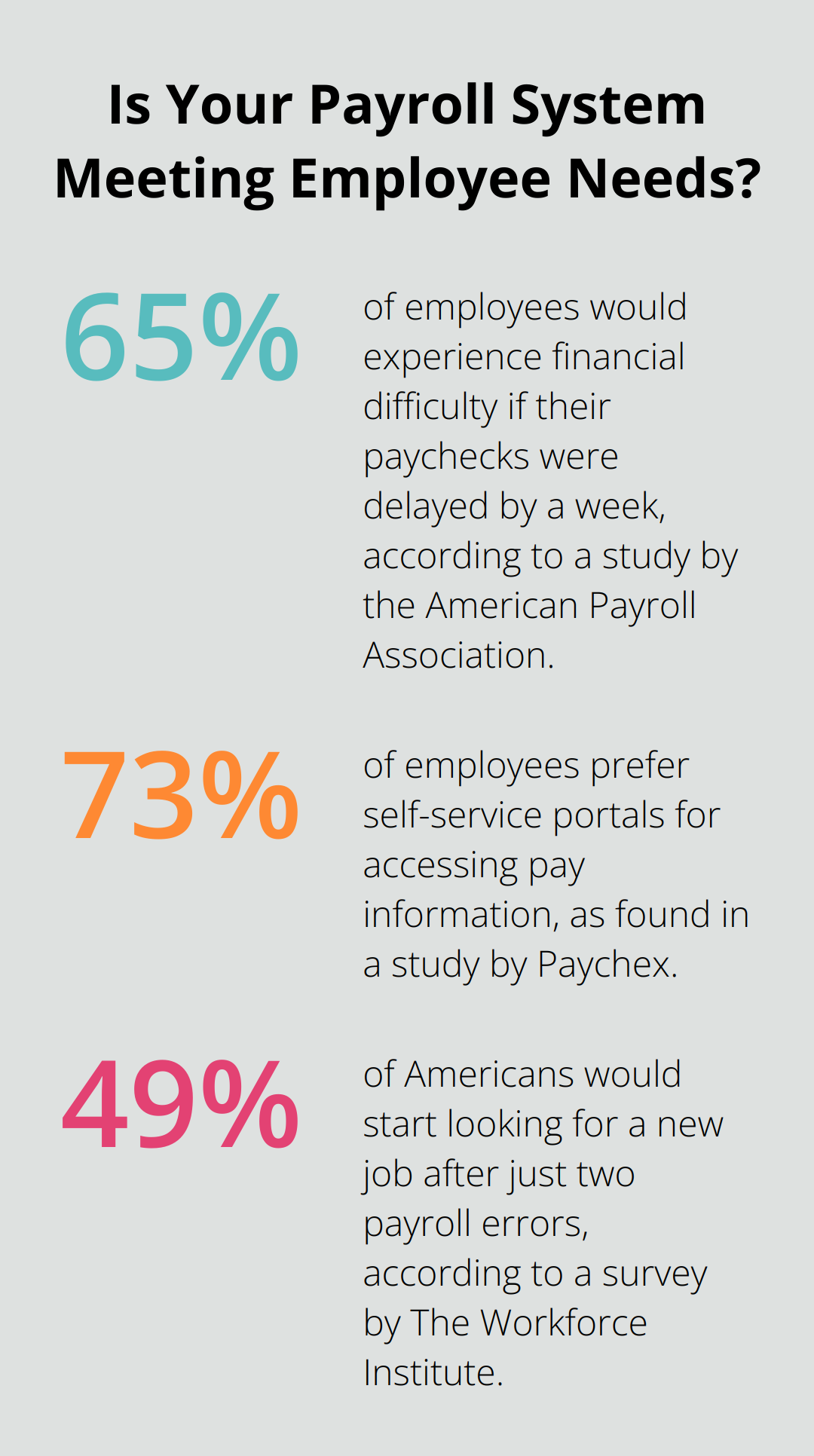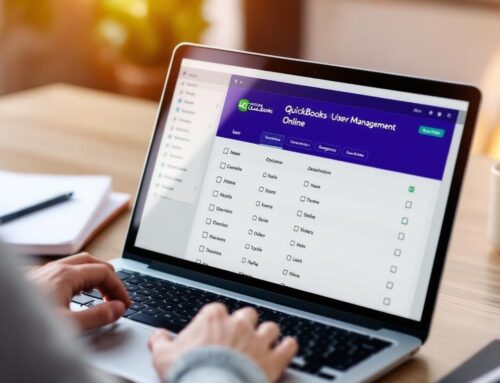Salary and payroll administration is a critical aspect of any business operation. At Optimum Results Business Solutions, we understand the challenges companies face in managing this complex process.
Effective payroll practices not only ensure employees are paid accurately and on time but also contribute to overall organizational efficiency and compliance. This blog post explores key strategies to streamline your payroll processes, maintain compliance, and foster transparent communication with your workforce.
How to Streamline Your Payroll Process
Efficient payroll management forms the backbone of successful business operations. Let’s explore practical ways to enhance your payroll system.
Leveraging Automation for Precision and Efficiency
An automated payroll system transforms company operations. A study by Deloitte revealed that organizations employing automated payroll systems saw a 30% decrease in payroll processing time, allowing HR departments to focus on more strategic tasks. Select software that integrates with your existing systems and offers features like automatic tax calculations and reporting.
Establish a Consistent Pay Schedule
Consistency in payroll management proves invaluable. Select a pay frequency that aligns with your business needs and maintain it. Consider your industry norms and employee preferences when deciding. A fixed schedule simplifies financial planning and reduces confusion.
Embrace Paperless Solutions
Electronic payment methods offer efficiency and eco-friendliness. Ninety-two percent of American workers receive their pay through the ACH Network. This method eliminates paper waste, minimizes the risk of lost checks, and ensures timely wage delivery, regardless of employee location.

Electronic pay stubs provide similar benefits. They offer instant access to payment information and decrease the administrative load of printing and distributing physical copies. Many payroll software options feature secure portals where employees can view their pay history and tax information at any time.
Integrate Systems for Seamless Operations
Connect your payroll system with other business software (e.g., time tracking, accounting) to create a unified ecosystem. This integration reduces data entry errors, improves accuracy, and provides a holistic view of your company’s financial health. Look for payroll solutions that offer API connections or native integrations with your existing tools.
Prioritize Data Security
Protect sensitive employee information with robust security measures. Implement multi-factor authentication, encrypt data transmissions, and regularly update your payroll software to patch vulnerabilities. Train your payroll staff on best practices for data handling and phishing prevention. These steps (while sometimes overlooked) are essential in maintaining trust and compliance.
As you implement these strategies, you’ll notice significant improvements in accuracy, efficiency, and employee satisfaction. The next step in optimizing your payroll process involves ensuring compliance and maintaining precision in your records.
Navigating Payroll Compliance
Payroll compliance presents a complex landscape that requires constant attention. Staying on top of regulations can save businesses from costly penalties and legal issues.
Master Tax Law Updates
Tax laws change frequently. The IRS updates tax tables and withholding information annually. In 2024, the standard deduction increased to $14,600 for single filers and $29,200 for married couples filing jointly. To stay current:
- Subscribe to IRS newsletters
- Attend industry webinars
- Assign a team member to monitor changes
- Brief the payroll department regularly
Implement a Robust Audit System
Regular audits defend against errors and fraud. Set up a quarterly audit schedule to review payroll processes, calculations, and disbursements. The American Payroll Association found that companies conducting regular audits reduced payroll errors by up to 80%. Use a checklist that covers:
- Tax withholdings
- Overtime calculations
- Benefit deductions
Cross-check payroll data with time tracking systems to catch discrepancies early.
Perfect Employee Classification
Misclassifying employees can lead to severe penalties. In fiscal year 2023, the Department of Labor recovered over $24.5 million in back wages for about 20,000 misclassified workers nationwide. Review job descriptions and work arrangements annually to ensure proper classification. Pay special attention to independent contractors, as their status rules continue to evolve. Document your classification decisions thoroughly to protect your business in case of an audit.
Leverage Technology for Compliance
Modern payroll software can significantly reduce compliance risks. Look for systems that automatically update tax tables and generate compliance reports. Some advanced platforms use AI to flag potential issues before they become problems. While technology is a powerful tool, it’s not a substitute for human oversight. Train your payroll staff to interpret software outputs critically and stay alert for unusual patterns or discrepancies.

As businesses navigate the complexities of payroll compliance, effective communication with employees becomes paramount. The next section explores strategies to foster transparency and clarity in payroll processes, ensuring that your workforce remains informed and engaged.
How to Improve Payroll Communication
Effective payroll communication builds employee satisfaction and trust. Clear, accessible, and responsive payroll practices can transform workplace dynamics.
Clarify Payroll Policies
Many employees find payroll policies confusing. A study by the American Payroll Association found that 65% of employees would experience financial difficulty if their paychecks were delayed by a week. To address this:
- Create a comprehensive payroll guide in plain language
- Conduct annual payroll policy workshops for all staff
- Develop FAQs addressing common payroll questions
- Use infographics to explain complex concepts visually

Implement a payroll chatbot on your company intranet. This AI-powered tool can answer basic questions 24/7, reducing the workload on your HR team while providing instant information to employees.
Provide Digital Access
In today’s digital age, employees expect instant access to their payroll information. A study by Paychex found that 73% of employees prefer self-service portals for accessing pay information. To meet this demand:
- Implement a user-friendly employee self-service portal
- Ensure mobile compatibility for on-the-go access
- Provide video tutorials on using the portal effectively
- Offer multiple language options for diverse workforces
Some companies have seen success with gamification elements in their payroll portals. For example, progress bars for completing tax forms or badges for consistent on-time submissions can increase engagement and accuracy.
Resolve Issues Promptly
Payroll issues can cause significant stress for employees. A survey by The Workforce Institute found that 49% of Americans would start looking for a new job after just two payroll errors. To prevent this:
- Establish a dedicated payroll support email or hotline
- Set and communicate clear response time expectations (e.g., within 24 hours)
- Train HR staff on empathetic communication for sensitive payroll matters
- Create a ticketing system to track and prioritize payroll inquiries
Consider implementing a “payroll concierge” service for executives or high-priority employees. This personalized approach can help retain top talent and address complex compensation issues more efficiently.
Clear explanations, accessible information, and prompt issue resolution create a payroll process that functions smoothly and contributes to overall employee satisfaction and retention. Transparent payroll practices are a powerful tool for building trust and fostering a positive workplace culture.
Final Thoughts
Effective salary and payroll administration forms the cornerstone of successful business operations. Companies streamline their payroll management through automated systems, standardized processes, and paperless solutions. These practices save time, reduce errors, and allow HR teams to focus on strategic initiatives.

Businesses must maintain compliance with ever-changing tax laws and regulations. Regular audits, accurate employee classifications, and technology for compliance monitoring safeguard against costly penalties and legal issues. Clear communication and transparency in payroll processes foster a culture of trust and satisfaction among the workforce.
At Optimum Results Business Solutions, we specialize in tailored payroll administration services for small service-based businesses and tech startups. Our team of QuickBooks Online ProAdvisors (ensures compliance, manages sales tax, and provides financial insights) to help your business thrive. We optimize your payroll processes, reduce costs, and enable you to focus on growing your core business.








